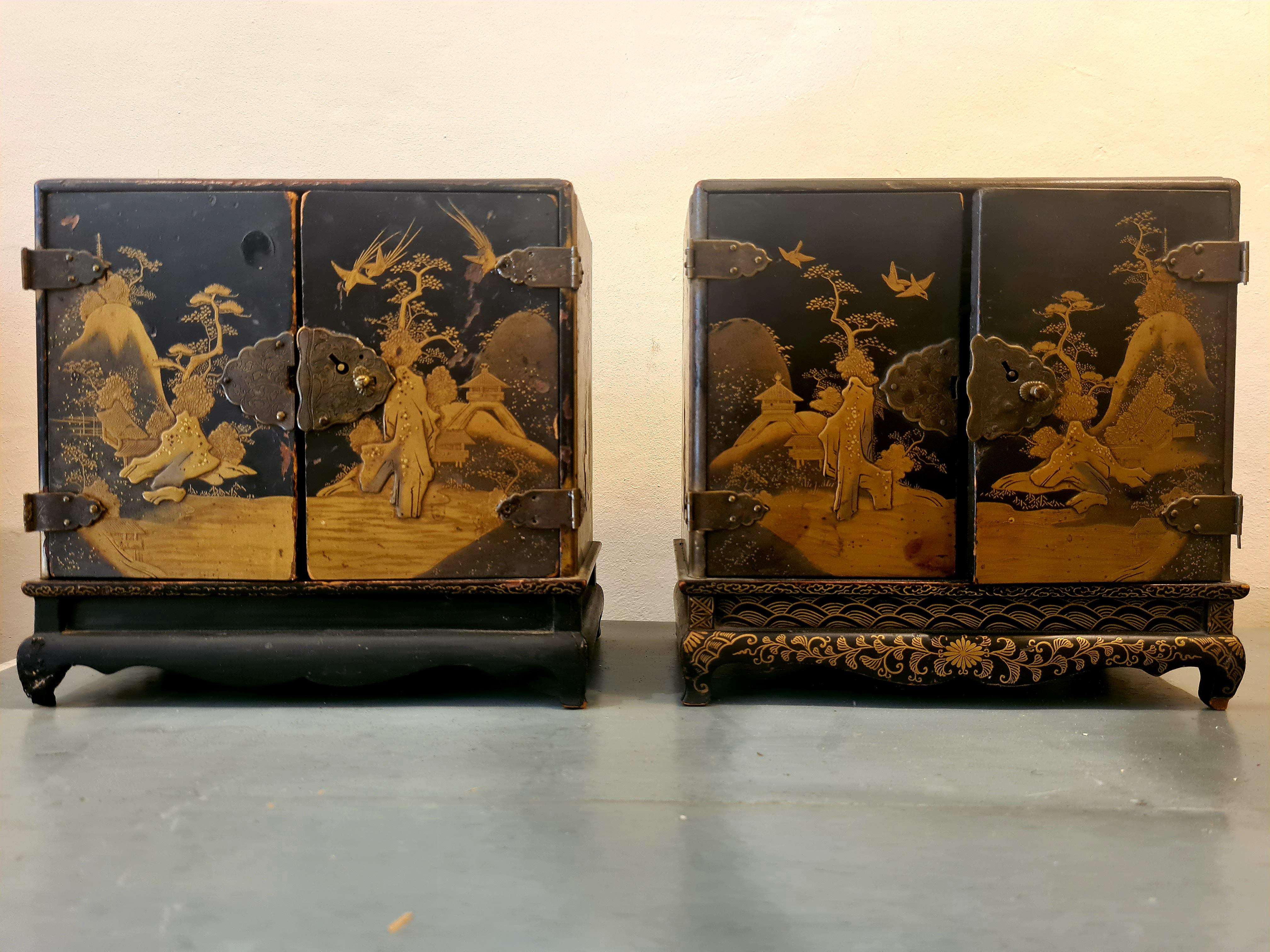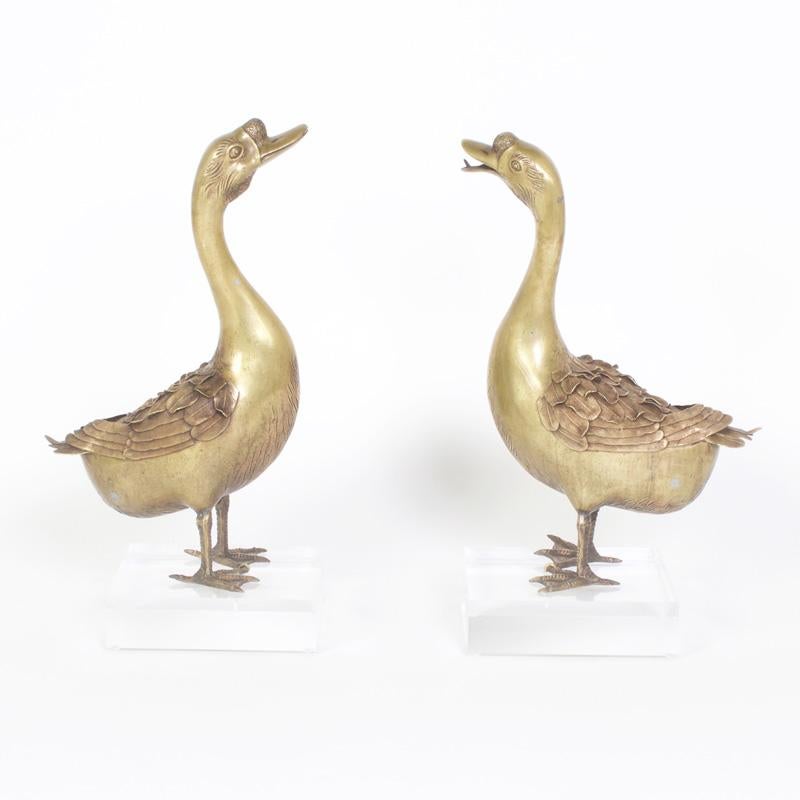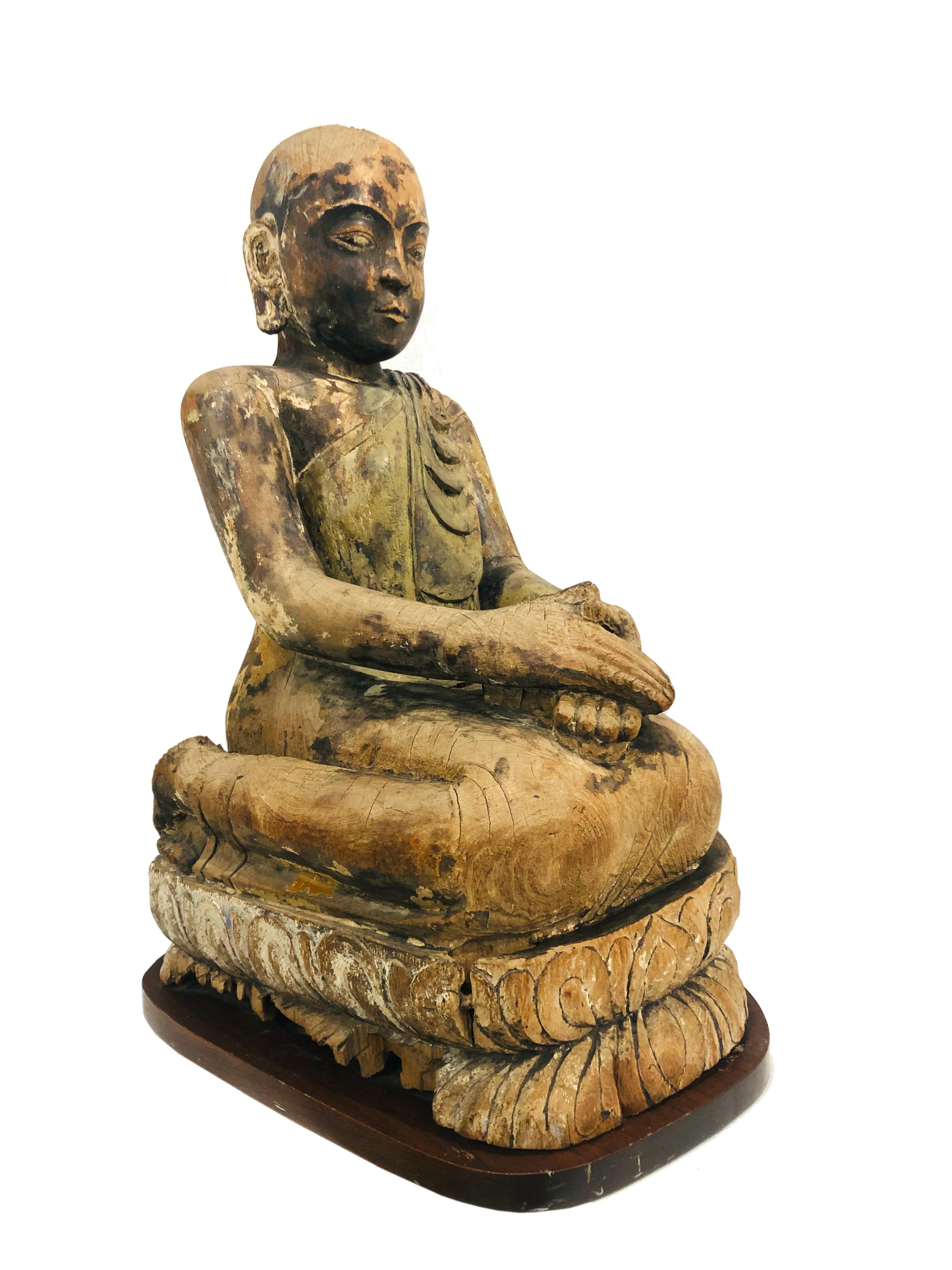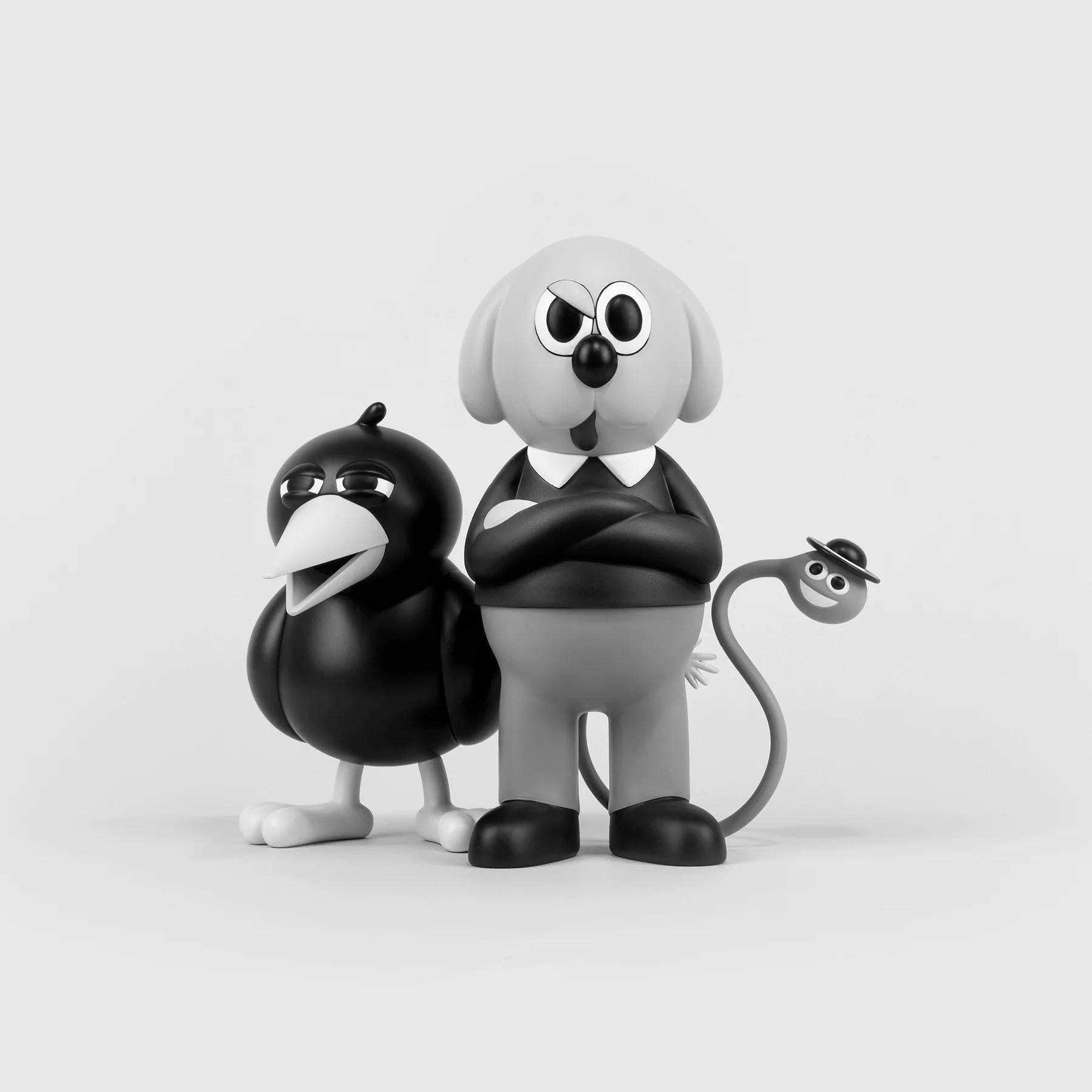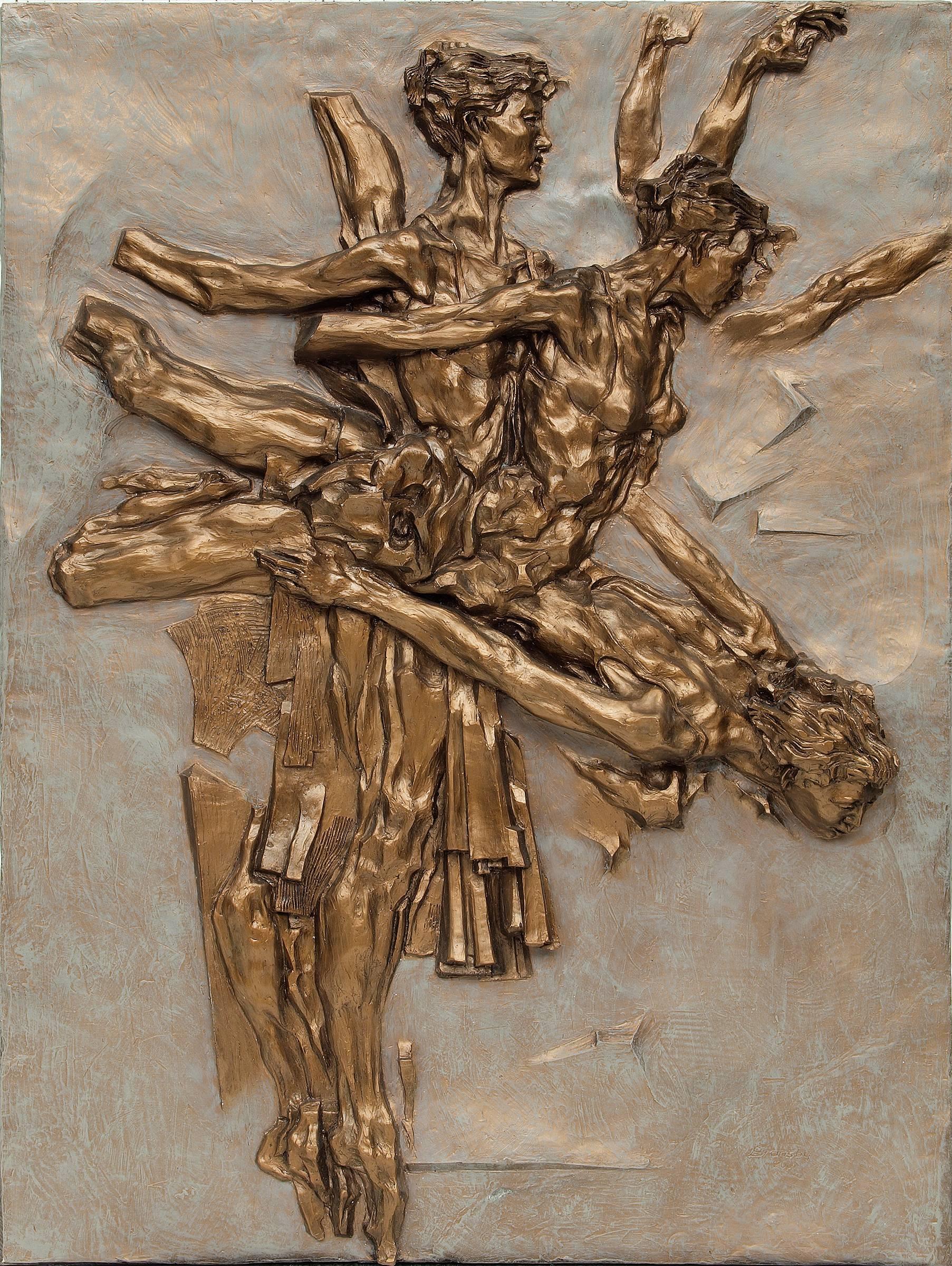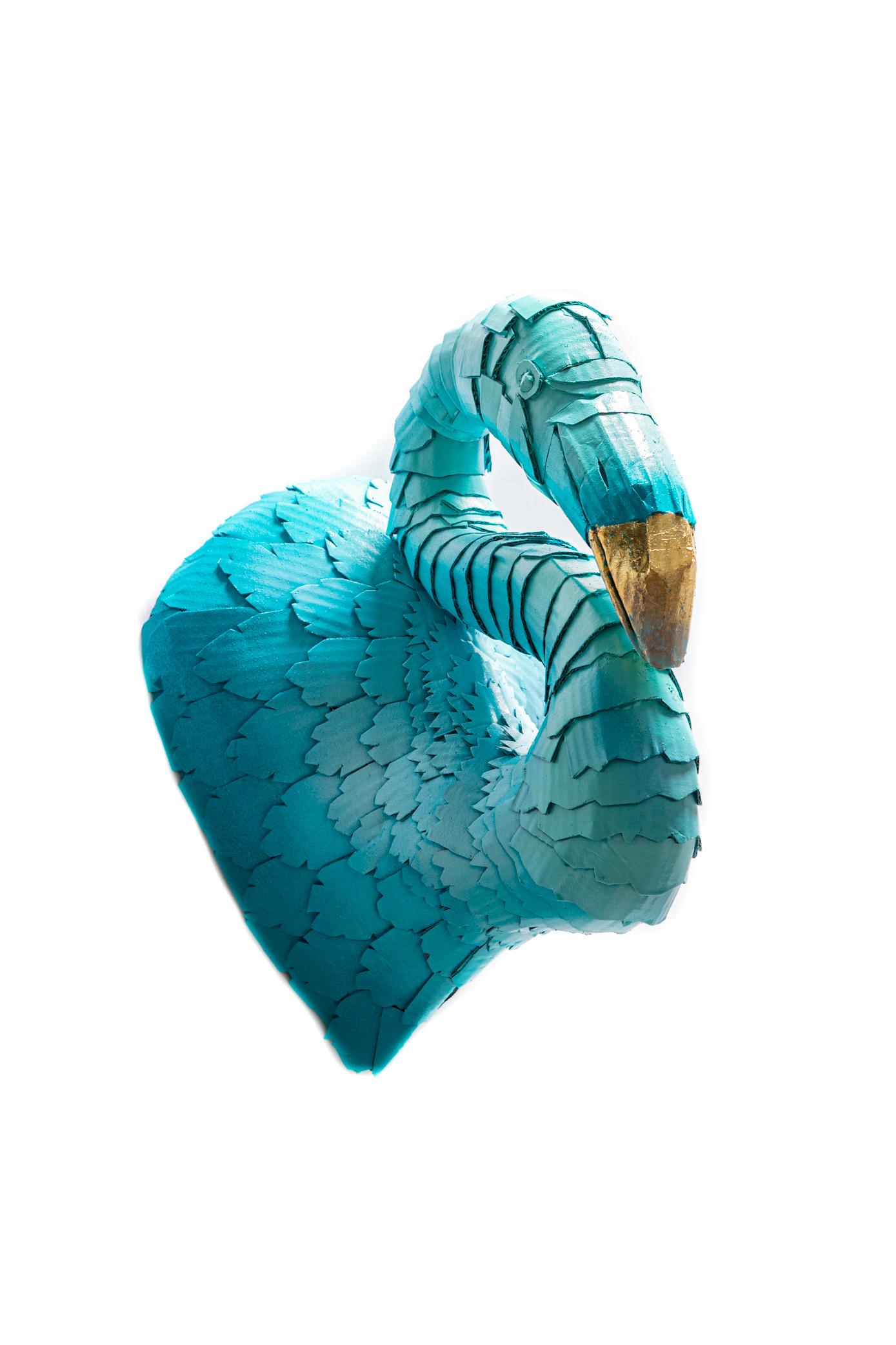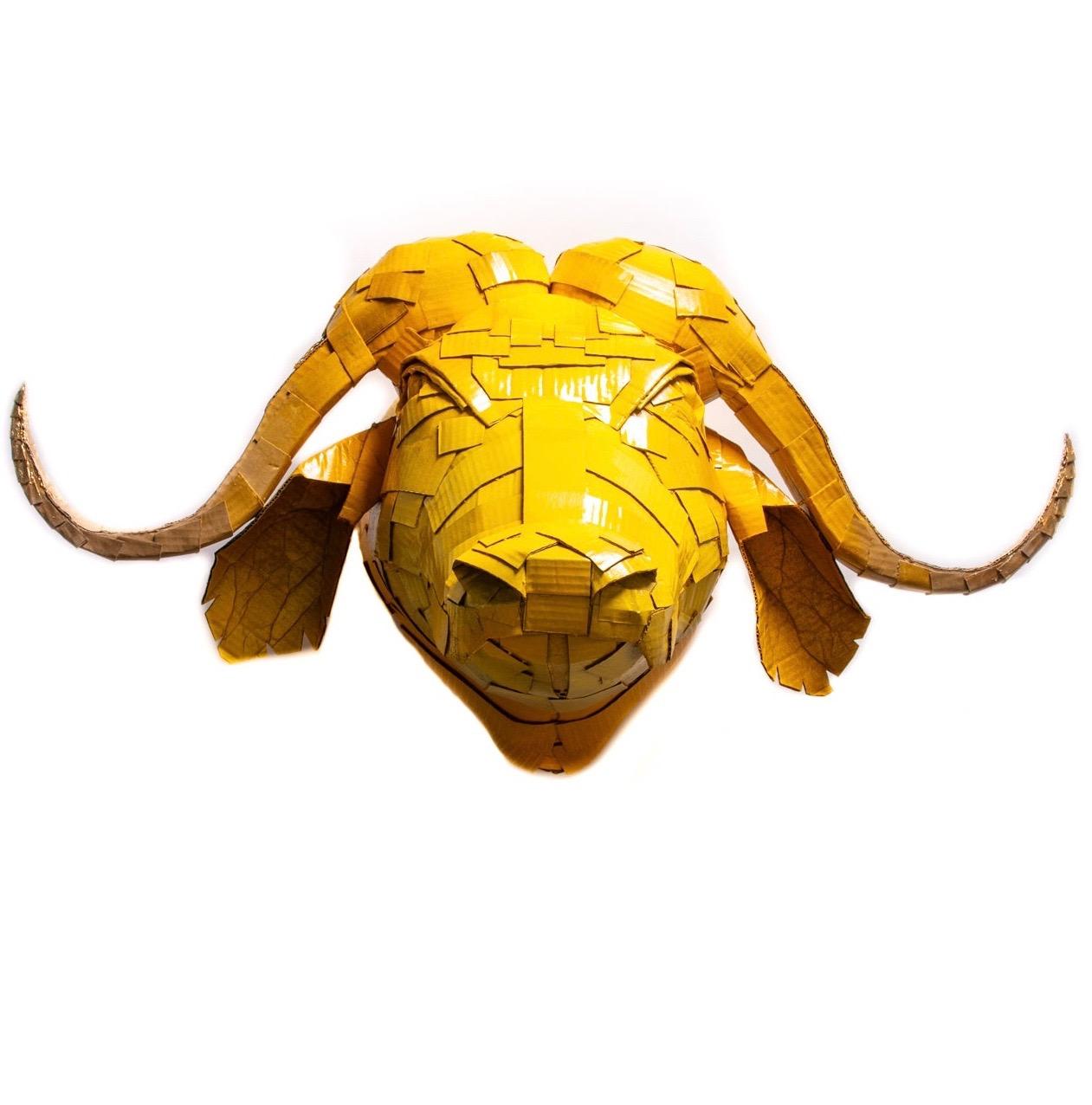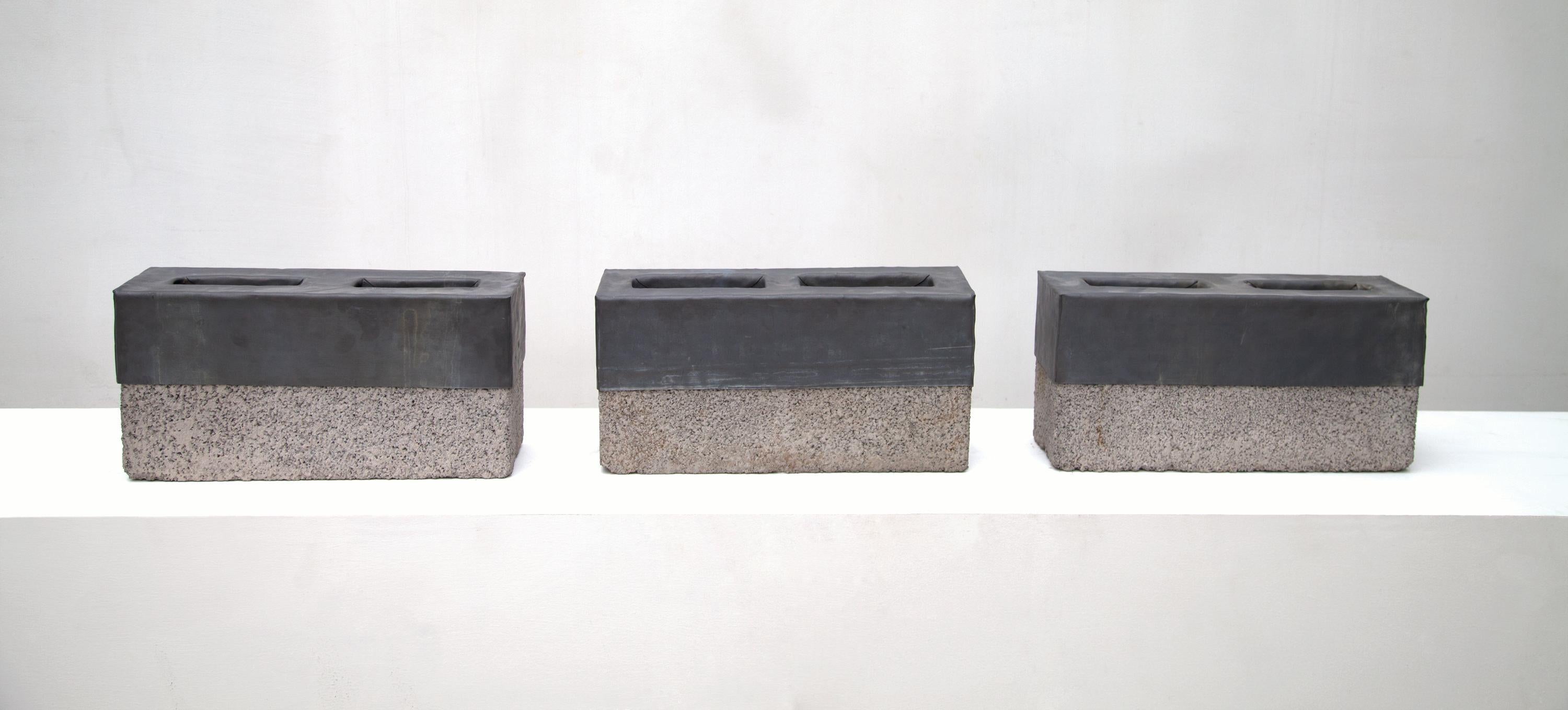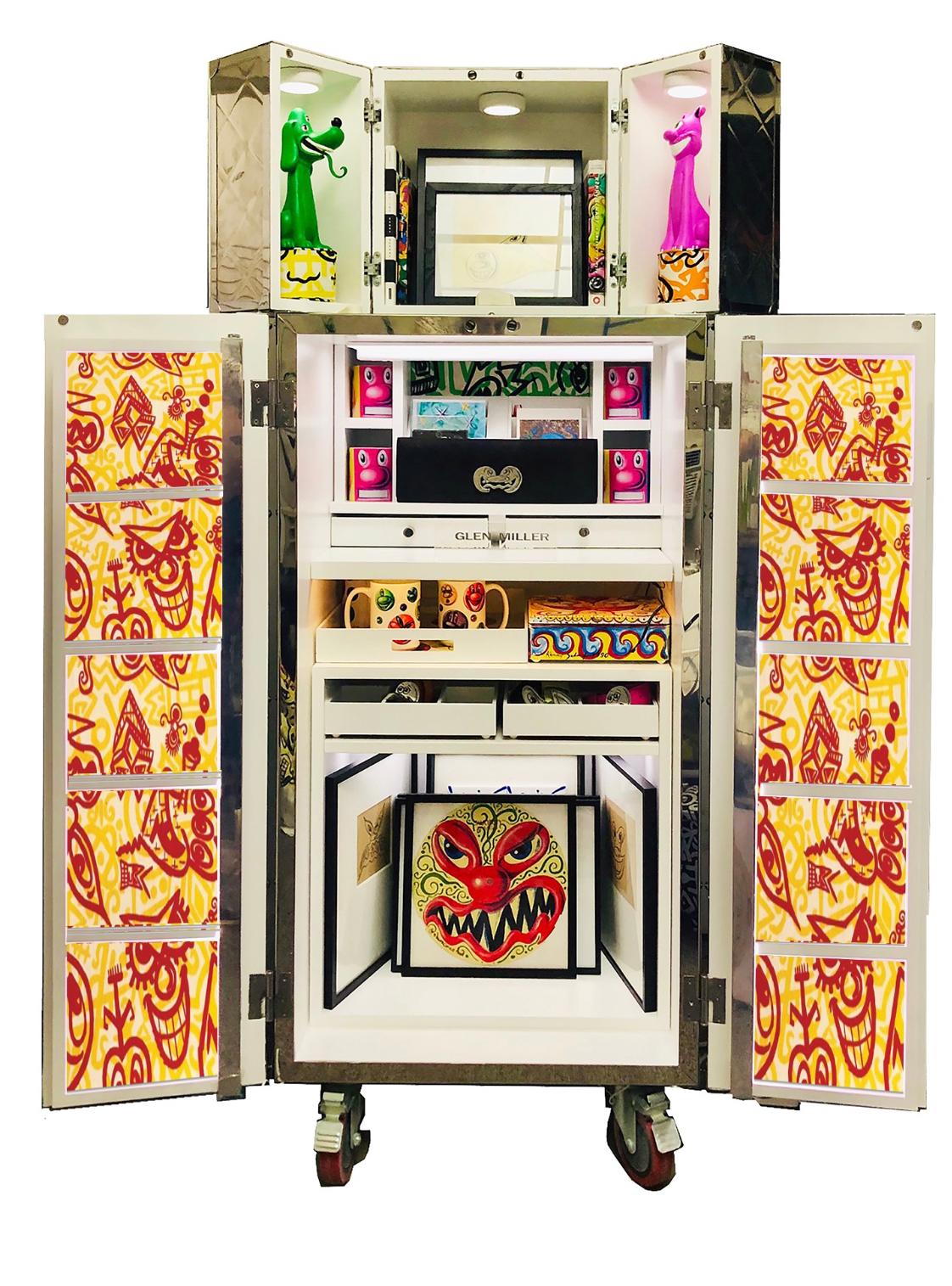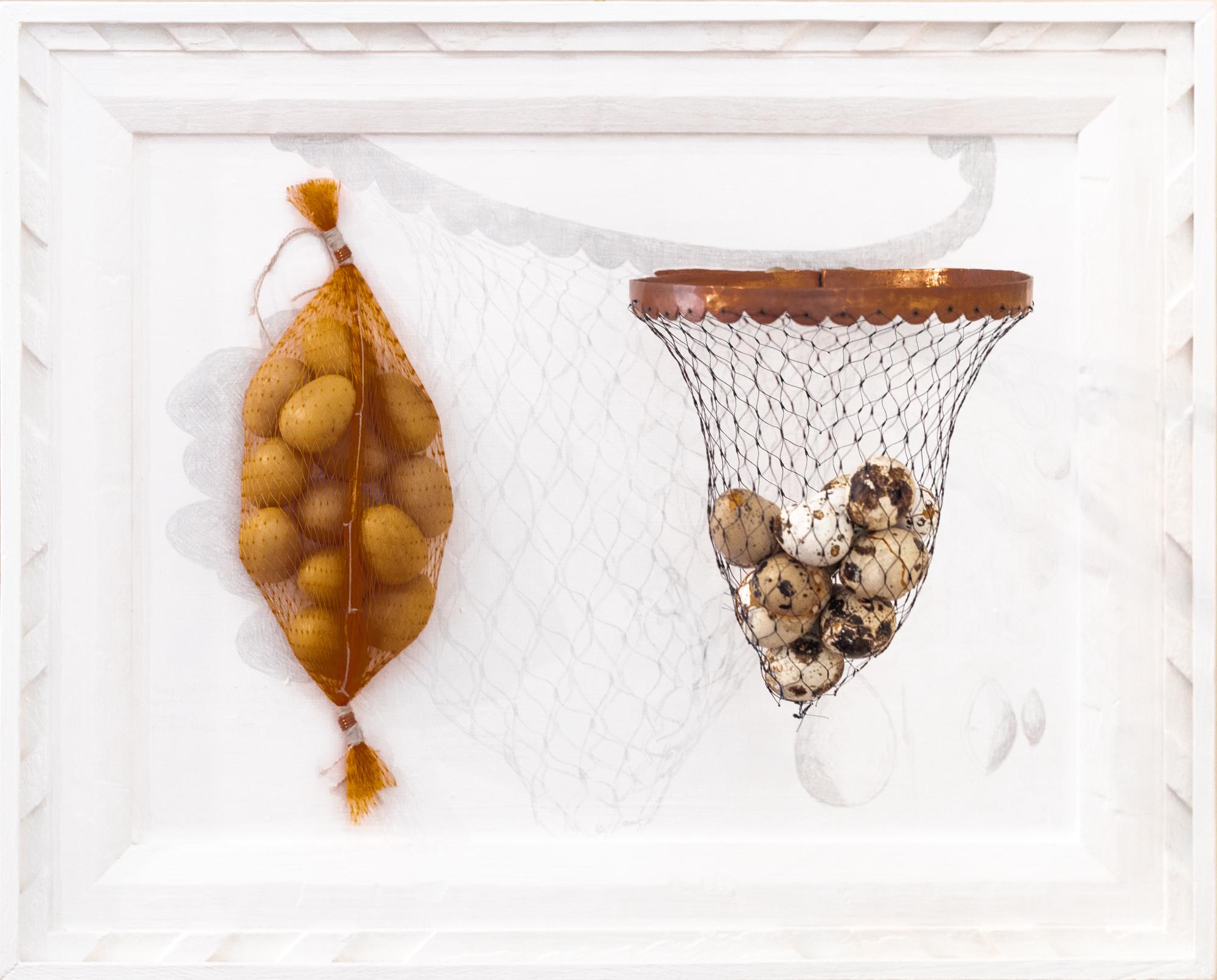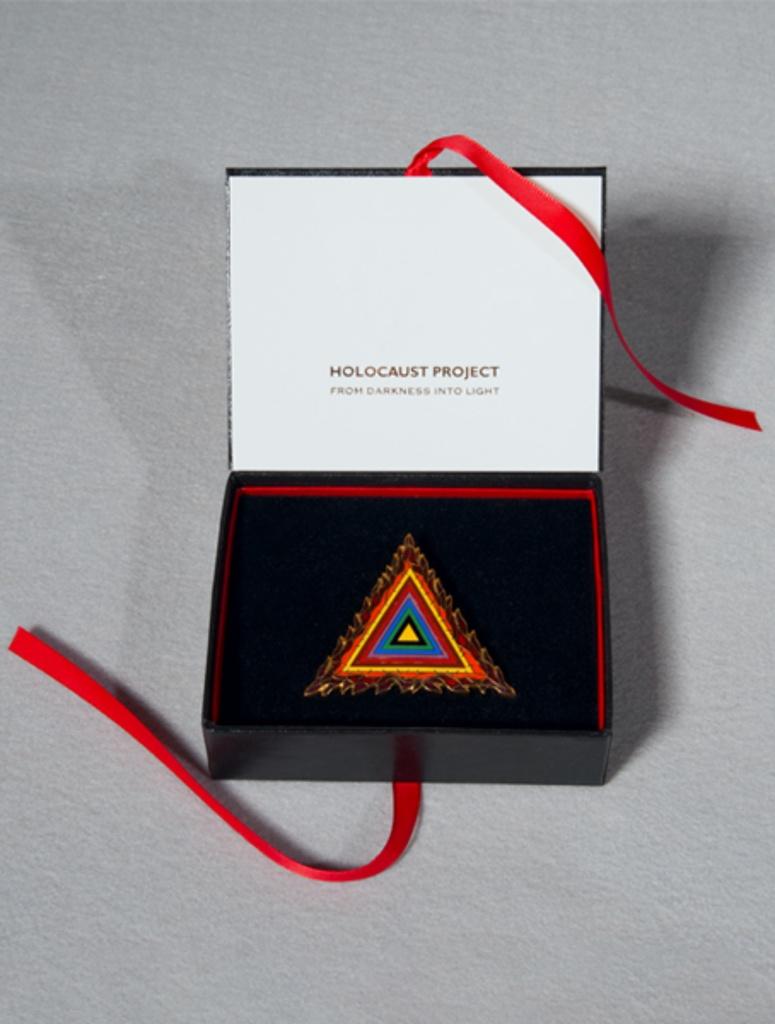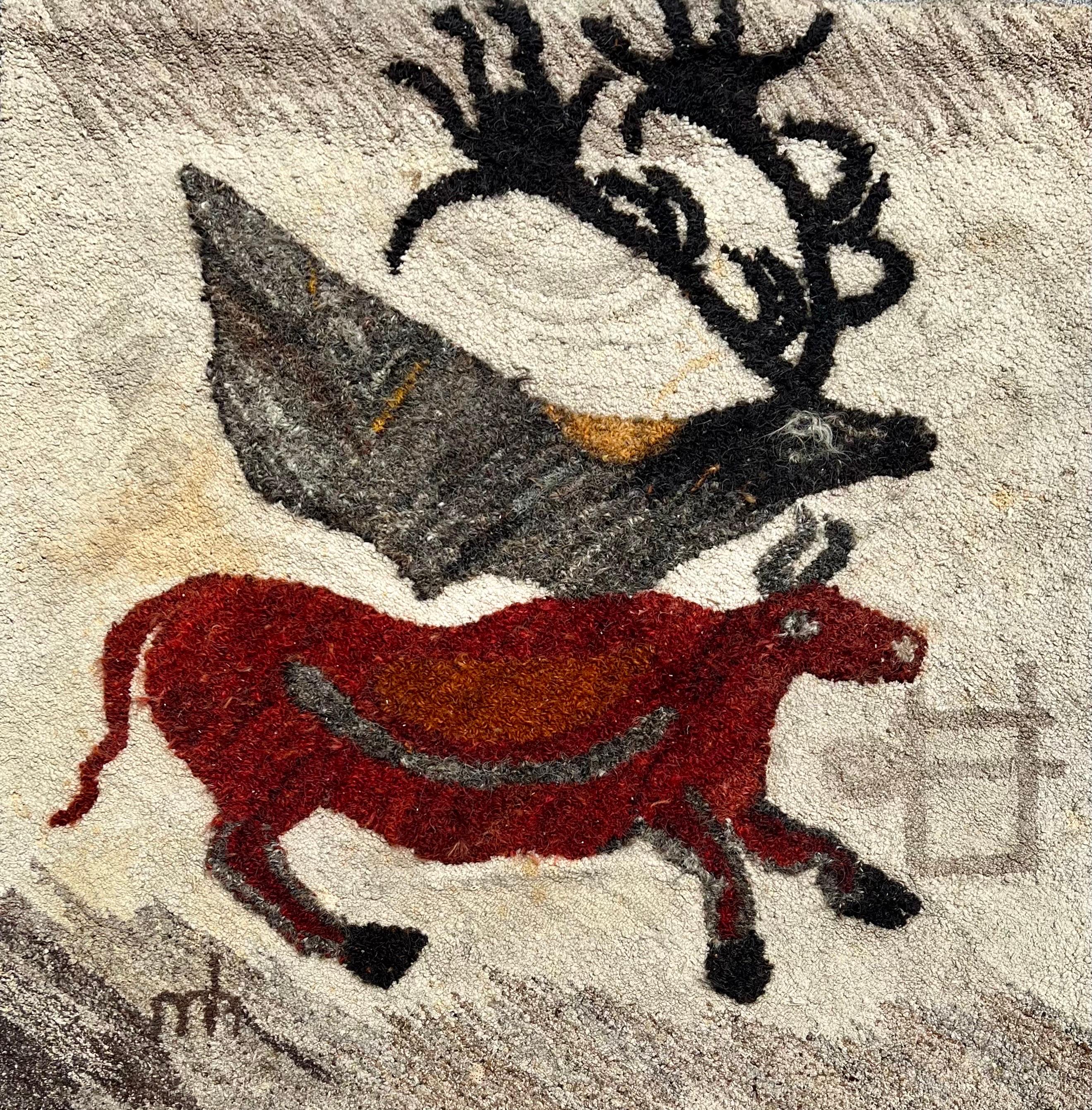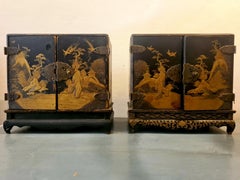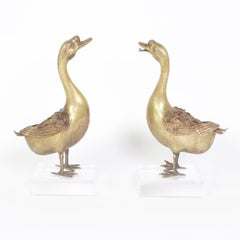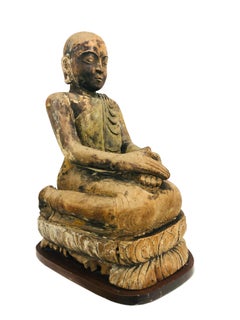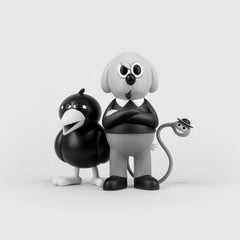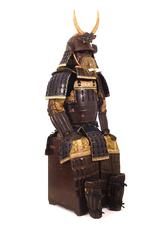
Hosokawa Clan Samurai Armor
1 of 8
Katchu ShiHosokawa Clan Samurai Armorc. 1840
c. 1840
$16,000List Price
About the Item
- Creator:Katchu Shi (1800 - 1860, Japanese)
- Creation Year:c. 1840
- Dimensions:Height: 64 in (162.56 cm)Width: 20 in (50.8 cm)Depth: 20 in (50.8 cm)
- Medium:
- Movement & Style:
- Period:
- Condition:Some lacquer loss and cracking on breastplate, fading and fraying of textiles consistent with age.
- Gallery Location:Santa Fe, NM
- Reference Number:1stDibs: LU9121345923
Authenticity Guarantee
In the unlikely event there’s an issue with an item’s authenticity, contact us within 1 year for a full refund. DetailsMoney-Back Guarantee
If your item is not as described, is damaged in transit, or does not arrive, contact us within 7 days for a full refund. Details24-Hour Cancellation
You have a 24-hour grace period in which to reconsider your purchase, with no questions asked.Vetted Professional Sellers
Our world-class sellers must adhere to strict standards for service and quality, maintaining the integrity of our listings.Price-Match Guarantee
If you find that a seller listed the same item for a lower price elsewhere, we’ll match it.Trusted Global Delivery
Our best-in-class carrier network provides specialized shipping options worldwide, including custom delivery.You May Also Like
Pair Japanese Lacquered Maki-e Meiji Period Cabinets 漆器 蒔絵 塗物 漆塗
Located in Cotignac, FR
A pair of Meiji period, late 19th Century Lacquerware (漆器, shikki) miniature cabinets on stands. The decorative panels are of very fine quality. The cabinets are a 'true pair' that i...
Category
Late 19th Century Edo More Art
Materials
Wood, Lacquer
$1,722 Sale Price
40% Off
Pair of Bronze Geese Sculptures
Located in Palm Beach, FL
Important pair of Japanese bronze birds in the form of geese masterfully crafted. One with a closed beak the other open, both with quirky expressi...
Category
Late 19th Century Edo Sculptures
Materials
Bronze
Buddhist Monk Antique Asian Wood Sculpture
Located in Lake Worth Beach, FL
Buddhist Monk Antique Asian Wood Carving
18Th Century or earlier possibly Japanese wood sculpture of a Buddhist Monk resting on lotus blossom on newer...
Category
18th Century Edo Figurative Sculptures
Materials
Wood, Paint
Ryan Travis Christian - BIRDER, THE MAYOR & SHERM Vinyl Modern Black & White
By Ryan Travis Christian
Located in Madrid, Madrid
Ryan Travis Christian - BIRDER, THE MAYOR & SHERM
Date of creation: 2022
Medium: Vinyl and mixed media
Edition: 300
Size: Birder: h190 x w130 x d215 mm, The Mayor: h260 x w110 x d110...
Category
2010s Other Art Style Figurative Sculptures
Materials
Plastic, Mixed Media
Arabesque, Female Ballet Dancer in Motion, Bronze Gray Bas Relief Sculpture Art
By Eric Bransby
Located in Denver, CO
This stunning figurative bas relief sculpture captures a female ballet dancer gracefully poised in the arabesque position, created by the acclaimed Colorado/Missouri artist Eric Bransby (1916-2020). Crafted from bronze and polymer Forton casting, the piece beautifully exemplifies Bransby’s mastery of motion and form.
Provenance:
Collection of the artist, Eric Bransby
About Eric Bransby:
Eric James Bransby was a highly respected muralist, painter, illustrator, and educator. His education at the Colorado Springs Fine Art Center included studies with renowned artists like Thomas Hart Benton, Jean Charlot, Boardman Robinson, and Josef Albers. He also studied at the prestigious Yale School of Fine Art.
Bransby’s career is defined by his exceptional work as a muralist, with notable commissions including the Rockhurst Library Triptych Mural at the University of Missouri, murals at Brigham Young University, the U.S. Air Force Academy...
Category
20th Century American Modern Figurative Sculptures
Materials
Bronze
Flamingo in Tiffany Box Blue with Hot Pink and Gold Leaf Detail
By Justin King 1
Located in Saint Louis, MO
Flamingo sculpture in Tiffany Box Blue with Hot Pink and Gold Leaf Detail meticulously created by Artist Justin King from individually cut and folded piece...
Category
2010s Contemporary Still-life Sculptures
Materials
Mixed Media
Recently Viewed
View AllMore Ways To Browse
Samurai Sculpture
Antique Japanese Armour
Samurai Armor
Lacquered Japanese Bowl
Japanese Wrought Iron
Japanese Oni
Antique Japanese Helmet
Edo Period Japanese Armor
Japanese Mask Edo
19th Japanese Samurai Armor
Samurai Mask
Samurai Armor Mask
Oni Mask
Morihiro Hosokawa
Artes De Mexico Metalwork
Audubon Swan
Balloon Dog Jeff Koons
Barye Lion Serpents
